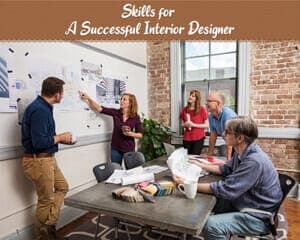
An interior designer has the power to step into a dull space and transform it into something magical and beautiful. If space planning, decorating, fashioning with unified colour combinations, and of course, designing are your areas of interest, interior designing can be an excellent career for you. The interior designers work on the taste of the clients, at the scope of the space they have, and most importantly, the budget they are allotted with to meet their needs and aspirations.
According to a survey by U.S. Bureau of Labor Statistics, in the year 2018, the interior designers have earned an average salary of $53470, which is expected to rise at 4% hike by the end of 2026. So, if you want to get the benefit of this ever expanding field of work, You can find a job on Jobble and add the notes in your salary. There are interior designers that are self-employed while there are some connected with specialized firm of engineers and architects. If you look from Asian or Indian perspective, the average salary or income would vary to a large extent. It will depend on the type and size of city where you are practicing as an independent professional or working with large firms.
Be it living rooms, offices, bedrooms, schools, or any other real estate interiors, the designers are usually well trained to match the requirements of the clients.
But does the bookish knowledge add to the understanding of the anatomy of interior designing? Definitely not! Apart from the theoretical knowledge, there are specific skills that the formal education may not help in developing the core skills for the interior designers, which we have discussed here.
Skills Needed for Becoming Great Interior Designer
Read here about some of the quintessential skills one needs to have for becoming a professional interior designer:
01. Understand the Clients

Ability to understand a client is the first and foremost comprehensive ability that every interior designer needs to acquire. Understanding the client’s needs in his/her home/premise design is a prerequisite. The better is your understanding about your client’s need, the better you can design the space. These days, with seamless access to internet, the clients have become more demanding for the designs that a designer can create. It is needless to point out that in # Best Home Designs section at Gharpedia only. You can view thousands of images.
So, for a designer it is a must to work with clients in order to discuss about their ideas, likings, about decorating their homes, about the budget, their requirements, and many such things. The designer needs to balance between the aesthetics and the family needs. It is crucial for a designer to understand the lifestyle of the clients, their likes, dislikes and their tastes as the interior design of a premise largely depends on it. While designing, the preference of all the family members has to be taken in count so that the décor plan suits everybody.
02. Communication Skills

For a designer, it is essential to be an excellent communicator. As mentioned by ‘Jessica Stewart’ (Published in 10 Essential Skills Every Interior Designer Needs to Have) possessing good communication skill helps the designers in all aspects of their career. Be it managing expectations or cultivating relationships, successful designers are expected to have an ability to communicate their vision and adapt their working styles to different personalities.
03. Artistic Ability
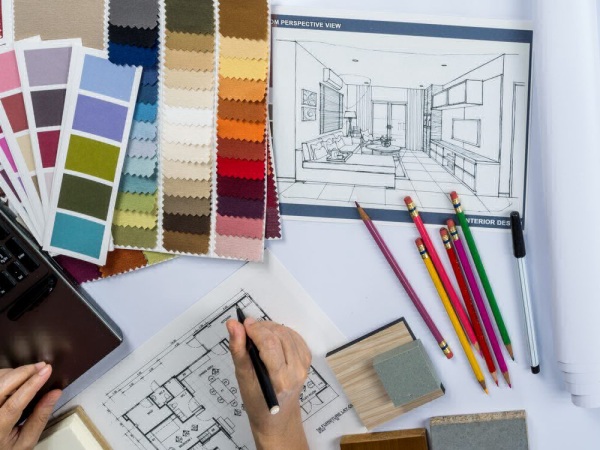
An interior designer needs to communicate with the clients and has to be a good listener, too. Not only with the clients, also should they be capable of interacting well with the contractors of the projects as well as with the vendors regarding the supply of the furniture, artwork, etc. Hence, the interior designer needs to develop communication skills including problem sensitivity, active listening, written and oral communication, power of negotiation, and of course the power for describing the artistry of their presentations too.
An interior designer must possess an excellent creativity and should be able to generate unique design and styles that suit the client’s taste and personality. Also, the design should be sustainable in modern perspective. A design created should be balanced and good looking according to the client’s needs, wish, and budget. Finding a balance within a design starts from the room’s architectural features like window, doors and adding in pieces till an aesthetic equilibrium is found.
04. Awareness about Current Trends and Styles
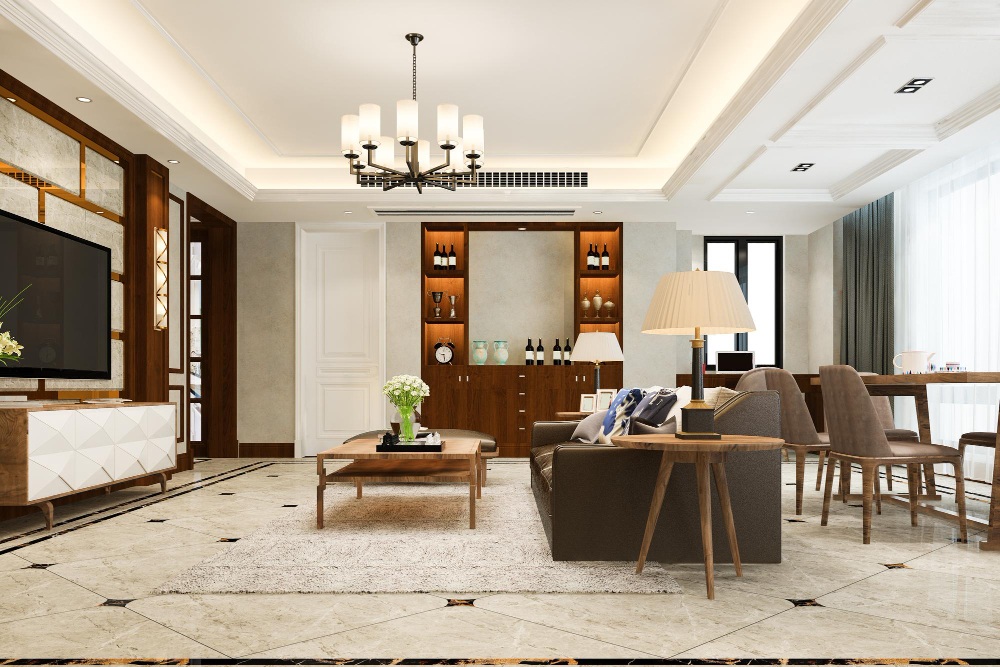
As an interior designer, he/she must be aware about the ongoing styles, trends, and about the new materials coming in the market. Also, it is necessary to be skilled enough to convert the artistic vision through the sketching it into real life layout.
An interior designer must have thorough knowledge of varieties of interior design styles. In fact, the latest design trends allow the concerned interior designers to advise their clients. It also helps to introduce new ideas into the design process.
As mentioned by ‘Madeleine Morley’ at The American Institute for Graphic Arts (AIGA) “A trend never emerges for a single year and then disappears in a puff of smoke. Instead, an aesthetic becomes popular gradually, even mysteriously, overtime before fizzling out slowly without much notice at all.”
Here, in the image below, we have shown some interesting wall décor style that you can use for your homes:
05. Understanding the Basics of Colour
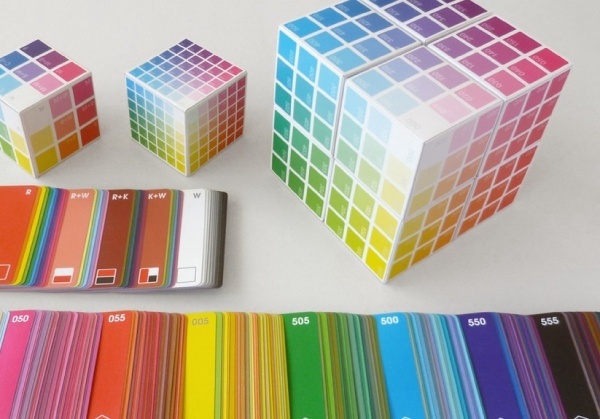

As mentioned by ‘Addy Williams’ (Published in Interior Design & Interior Architecture), “Colour is one of the most powerful, useful, and expressive tools available to those designing interior spaces. If you can develop greater sensitivity to colour, you will get to discover how it influences our environment.”
Getting into interiors means getting involved with the palettes of colours and shades. It is crucial for the designer to know and understand the colour wheel, how the colour combinations work, the emotions connected with the colours, the illusions that an interior décor comes up with for designing any room successfully, etc. Along with the colours, working on the designs and patterns is essential as they too come with a base of the theory of colour. In short, an interior designer needs to have a detailed understanding of the colours, patterns, and designs.
Also Read:
Colour Themes that Designers are Rooting for their Clients!!!
Colour Guide For Your House Keeping in Mind Room Aspect and Mood
06. Space Vision

Space vision is among the primary things that make the interior designers creative and versatile. They acquire the vision of working on every space in the house. Be it working with some rough work on a canvas, or designing the house on the spot or area, the designer takes a detailed survey of the project and area to work on the process of transformation through different designs. With precise orientation, by considering all the dimensions, and finally translating the vision with the help of hand-drawn sketches or digital sketches, interior designers cover the allotted space in all dimensions, which needs a touch of refinement.
07. Knowledge of Services and Utility

Just making good sketches and projecting creativity in décor plan is not enough for a designer to survive or to be a successful designer. A designer must have the knowledge of services and utility. A beautiful décor plan helps in making a project feasible which will last longer and looks great. If the designer has the knowledge of utility and services, it also helps to determine how interior spaces can be optimum functional and how it can be furnished attractively.
08. Problem Solving
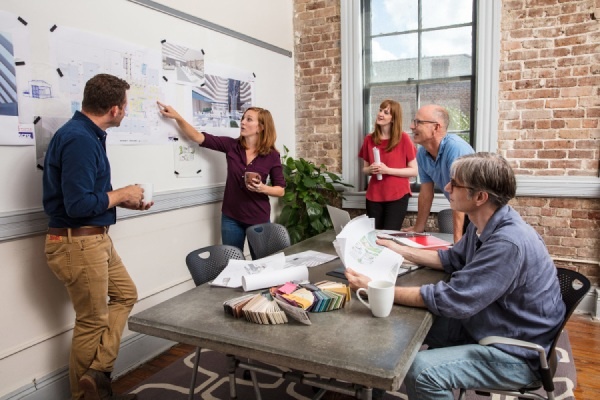
When it comes to interior designing, not all the projects go smoothly as they are planned. Problems are sure to occur regularly. Unexpected delays and expenses, sudden unexpected demand from clients, changes in renovation plans, etc. may surely create hurdles in implementation of the same. Apart from all the technical issues, the changes in the thoughts of the clients can put the designers in a fix.
Hence, the interior designer needs to have skills like ongoing improvement, process management, troubleshooting, prioritizing, project planning, follow-through, and benchmarking. If a designer is not able to work on the problems, it is undoubtedly going to be a big loss. Additionally, an interior designer needs to know about the problems in the existing premises. Hence, it can be rectified till the home gets renovated.
09. Computer-Aided Designing

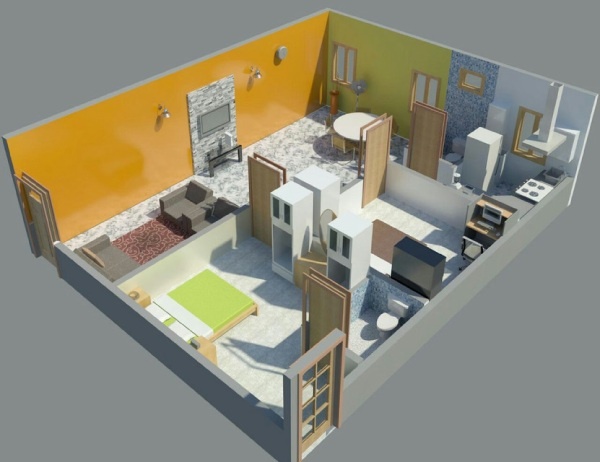
Gone are the days when the interior designers only worked with the canvas sketches. With the changes in technology, today, most of the designing work is carried out on the computers. There are various software programs which help the designers in working on the spaces digitally. Again, the designs when showed to the clients in a 3D form, it should give a perfect idea of how the design would look like in reality. The quality of the design visualization can help an interior designer to be more productive in planning. This will help the client in visualizing design and making fast decision on choices.
Some vital software programs used by the interior designers include Live Home 3D, Vectorworks, Archicad, SketchUp, Chief Architect, and many more. Hence, a designer needs to have detailed knowledge of Computer Aided Designing to remain in the competition.
10. Budgeting Skills and Timeline
Hardly any client would hire an interior designer who works without any clear idea for the budget for a project in hand. The designer should have strong budgeting skills, which would help the clients to be in the limit as most of the clients come with a fixed budget and want the designers to work within it. The designers hence need to be creative and financially realistic in the true sense of an expert creative designer.
Budgeting again is expected to come with other skills like forecasting, negotiating, transparency, identification of hidden costs, recordkeeping, and much more.
A project should be completed within a pre-decided deadline. It is professionalism as well as it is a commitment to the client. Committed project delivery enhances the reliability of the interior designer.
11. Flexibility
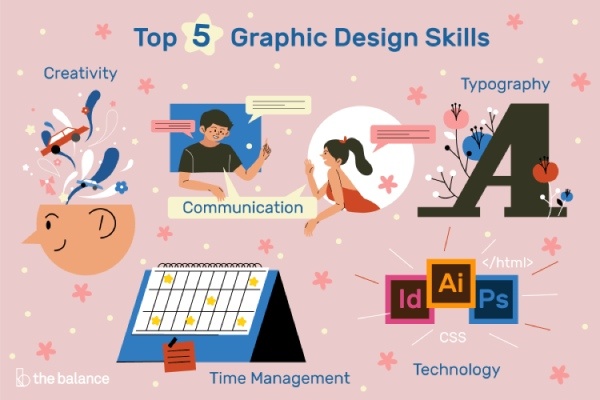
Interior designing is not a fixed working-hour job. The clients can knock your doors at any time. There would be clients who would demand meetings during weekends, on particular occasions, and sometime may expect residential meetings, evening meets, etc. Also, for the designers who consider working with clients with residential needs and commercial needs, flexibility is quite necessary quality in their work style. An interior designer must be ready with multiple ideas as a backup plan. In case a client wants to check two or three alternative plans, in these cases, the designer should offer the same at one go.
So, if you want to be a successful interior designer, train yourself with flexibility skills like calendar management, scheduling, setting expectations and managing them effortlessly, with the qualities like delegation, reliability, goal-oriented attitude, and diligence, etc. Hence, forget the 9 to 5 working hours if you are thinking to become an interior designer, who is successful with an impressive portfolio to show as his/her business track record.
12. Entrepreneur
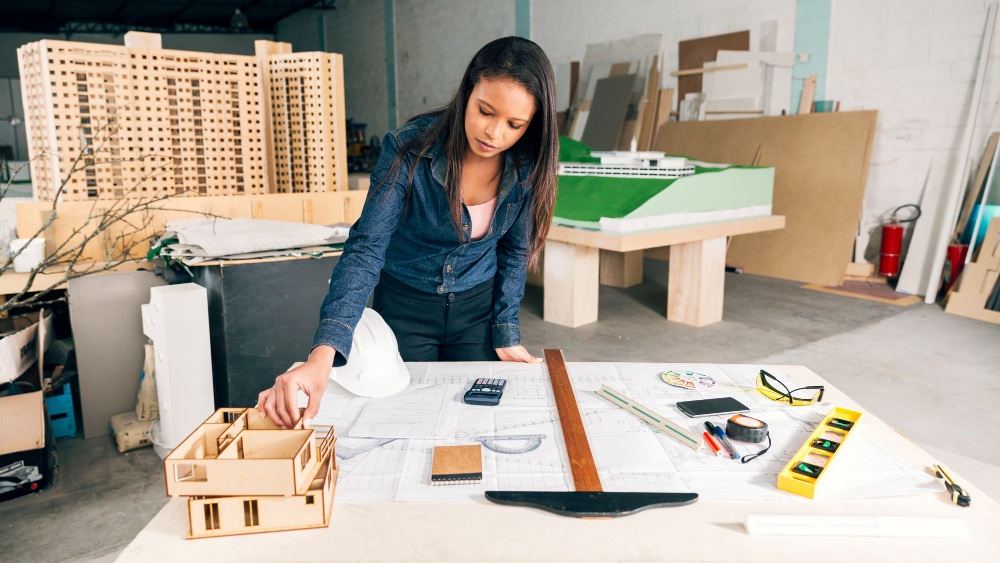
Every designer should act like an entrepreneur after all. Multiple projects are to be handled at a time in different phases for different projects for multiple clients with manifold demands: the designer must have unique coordination skill and perception power. Designing is just the 10% of the work. The complex multitasking skills are required to execute the project as well as right skill has to be there to deal with the clients. Also, the designer must be aware of the use of networking to build new contacts for fetching new clients. He/she should be ready to invest, and should have the capacity to take risks and should be able to devote quality time.
13. Designer vs Manager vs Leader
Those who want to have their own professional practice should remember that being a good designer or an artist is not only trait that will make you successful. If you are not a good manager, you may not be able to do well in practice or make your presence feel in your region, though you may be a very good artist. And if you really want to build your national brand, you really need to be a good leader.
14. Post Occupancy Evaluation
This is the last and the most important quality which most of all interior designers often overlook: it is the post occupancy evaluation i.e. the professional obligation to visit the client and ensure whether the clients are satisfied with the project done by him/her. It is essential to evaluate your work by the user once it is in done and delivered to client and after his use for some time.
Summing up, an interior designer needs to work on each and every aspect for giving out the best designs to the clients. As quoted by ‘Albert Hadley’, “The essence of interior design will always be about people and how they live. It is about the realities of what makes for an attractive, civilized, meaningful environment, not about fashion or what’s in or what’s out. This is not an easy job.”
For antique lovers, they should have a thorough knowledge and perception of classy interiors. Similarly, suitable to modern houses, working with technology in hand is essential for the interior designers. Again, working with multiple projects on hands is sure to add some complexities while working. Hence, to conclude, an interior designer needs to possess all the managerial skills to realize his/her best ideas for the clients.
Are you planning to get into the field of interior designing? Understand first the anatomy of an interior designer along with the ability of multitasking and diligent hardworking. These qualities will help you to earn a rewarding career in interior designing niche and will win accolades of an expert in this field for sure.
Also Read:
Geometry’s Role in Interior Decoration!
9 Secrets of Perfect Interiors for Your Home!
Image Courtesy: Image 1, Image 2, Image 3, Image 4, Image 6, Image 7, Image 8 – fabianborredesignstudio, Image 9, Image 10, Image 11, Image 12, Image 13
Author Bio
Sai Charan Gundreddi – Sai Charan Gundreddi is an author and a freelance content writing specialist with over 3 years of experience in the field. A writer by day and a reader by night, he is loathe to discuss Hinderer in the third person, but can be persuaded to do so from time to time.































